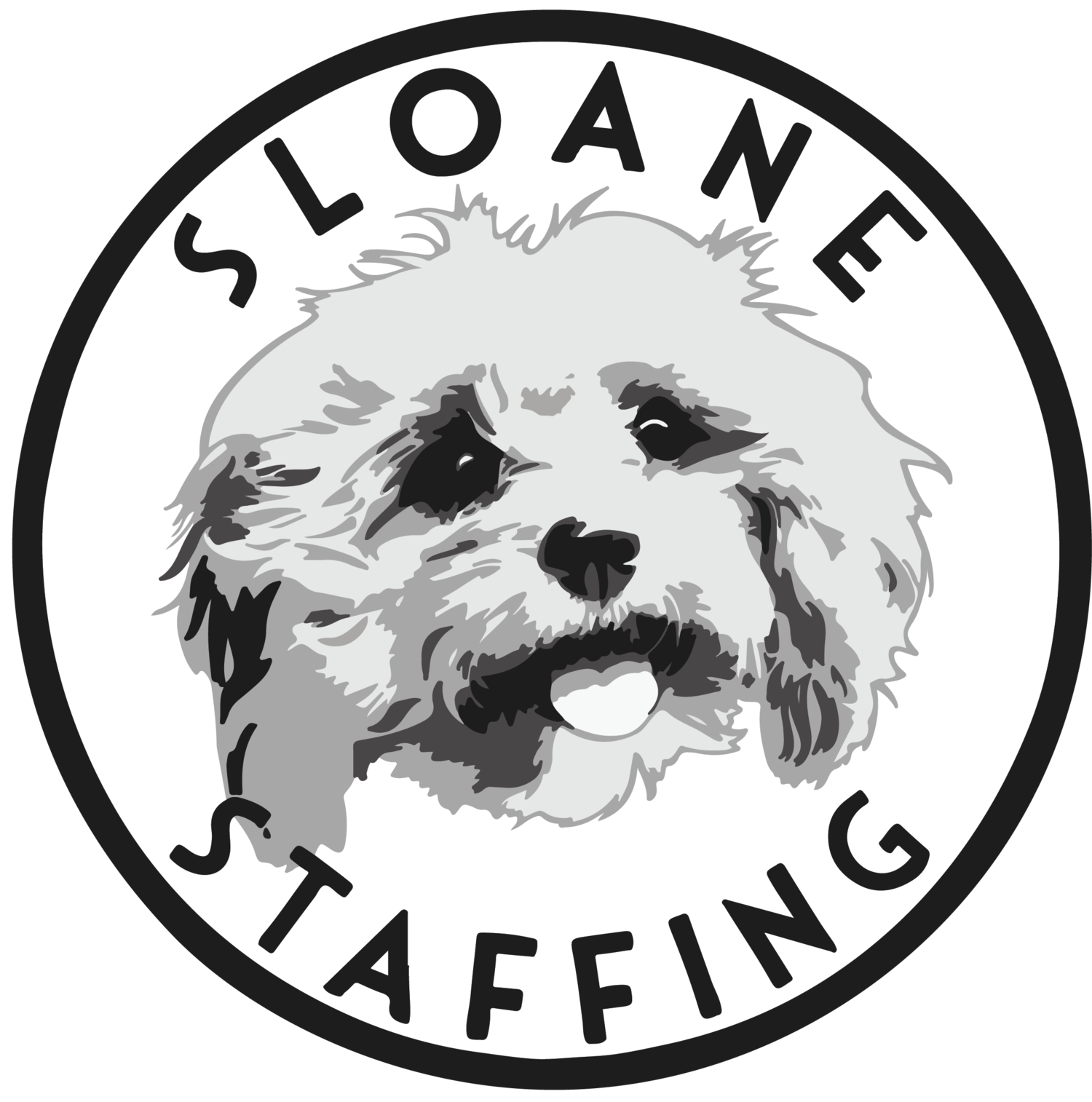Snowflake: A Platform-as-a-Service and the People Behind It
Snowflake has revolutionized the way organizations manage and analyze data. This cloud-based data platform offers a unified solution for data warehousing, data lakes, data engineering, data application development, and data sharing. But what exactly does this mean, and what kind of talent does it take to harness Snowflake’s power?
As a Snowflake Partner ourselves, we’ll dive into all of they key functionalities the platform has to offer and the people behind it.
Snowflake's Core Functionalities
At its core, Snowflake is a platform, not a collection of standalone products. Its key functionalities include:
Data Warehouse: This is the traditional function of storing and processing vast amounts of structured data for analysis. Snowflake's data warehouse is known for its speed, scalability, and elasticity.
Data Lake: A repository for storing structured, semi-structured, and unstructured data. Snowflake's data lake offers flexibility, scalability, and cost-effectiveness.
Data Engineering: The process of preparing, transforming, and loading data into the data warehouse or lake. Snowflake provides tools and services to streamline this process.
Unistore: This is Snowflake's unique offering that combines the capabilities of a data warehouse and a data lake into a single platform. It enables both transactional and analytical workloads on the same data.
Data Applications: Snowflake supports the development of various data applications, such as business intelligence, data science, and machine learning, directly on the platform.
AI/ML: Snowflake provides the foundation for AI and ML workloads by offering the necessary data infrastructure and integration with popular AI/ML frameworks.
Collaboration: Snowflake supports data sharing and collaboration among different teams and organizations through secure data sharing features.
Advanced Features
Snowflake also offers several features and services to enhance its capabilities:
Snowflake Data Marketplace: A platform for buying and selling data products.
Snowflake Secure Data Sharing: Enables secure and controlled data sharing.
Snowflake Mobile: Provides mobile access to data and insights.
Snowflake Governance: Offers data governance and compliance features.
The People Powering Snowflake
To effectively leverage Snowflake's capabilities, organizations need a diverse team of professionals with complementary skill sets. Here's a breakdown of key roles:
Data Engineering:
Data Engineer: Designs, builds, and maintains data pipelines and infrastructure.
Data Architect: Defines the overall data architecture, including data models and storage.
Data Analytics:
Data Analyst: Extracts, cleans, and analyzes data to uncover insights.
Data Scientist: Applies statistical and machine learning techniques to extract value from data.
Business Analyst: Translates business requirements into data solutions.
Data Management:
Data Steward: Ensures data quality, consistency, and compliance.
Data Governance Manager: Oversees data governance initiatives.
Data Security Analyst: Protects sensitive data.
Cloud and Infrastructure:
Cloud Engineer: Manages the cloud infrastructure.
DevOps Engineer: Implements DevOps practices for data platforms.
Business and Leadership:
Chief Data Officer (CDO): Oversees the organization's data strategy.
Head of Data: Leads the data team and manages data-related projects.
It's essential to remember that these roles often overlap, and individuals may possess a combination of skills. The specific roles and responsibilities will vary based on the organization's size, industry, and the complexity of its Snowflake implementation.
By understanding Snowflake's core functionalities and the roles that support them, companies can build high-performing data teams capable of extracting maximum value from their data.

